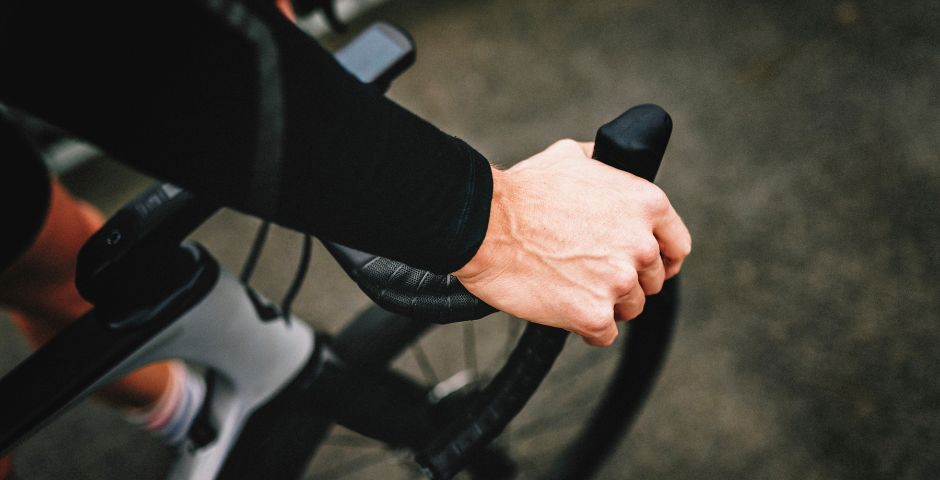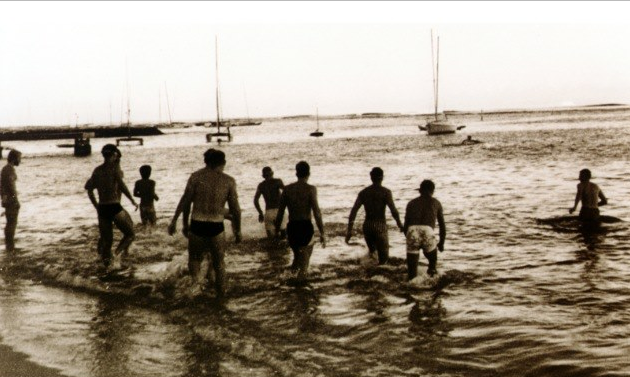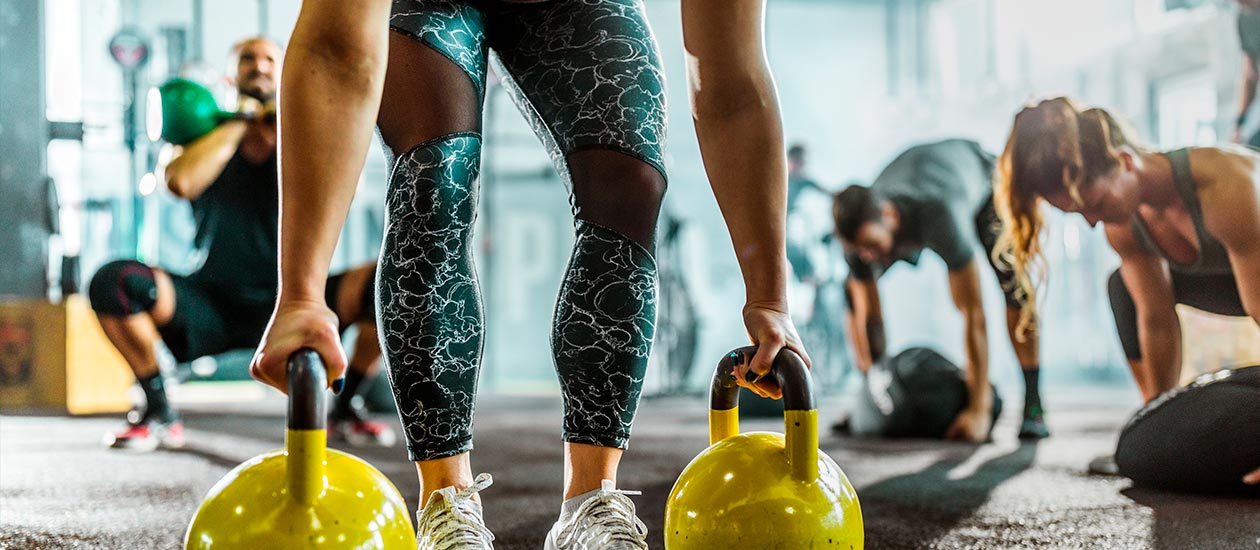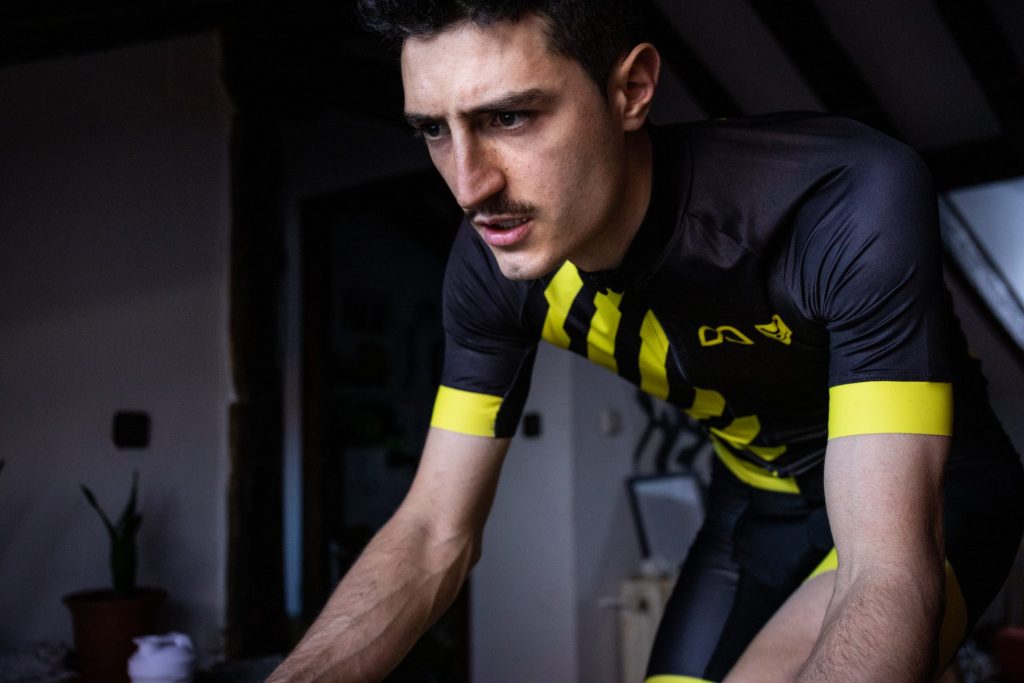Cycling is one of the most complete and beneficial physical activities, both for day-to-day transport and for intense exercise. However, improper positioning can lead to injuries and physical problems that undermine your health and performance. Recognising and correcting common errors in cycling position is essential for any cyclist wishing to improve their two-wheeled experience.
The importance of a good cycling position
Adopting a good cycling position is essential for any cyclist, regardless of their level of experience or the number of kilometres they ride. This correct posture not only prevents muscle and joint injuries, but also increases pedalling efficiency and effectiveness.
When the body is correctly aligned with the bike, stress is reduced in critical areas such as the knees, lower back and shoulders. This allows the rider to maintain optimal performance for longer. In addition, a proper position facilitates more efficient breathing, which is essential for maintaining good oxygenation during your time on two wheels.
On the other hand, a good riding position has a significant impact on rider safety. Correct alignment improves control and manoeuvrability, which are crucial for reacting effectively to unforeseen events on the road or trail.
This is especially important on fast descents or when taking sharp turns. In these situations, good posture is the difference between a smooth ride and an accident. Therefore, taking the time to adjust the bike to one’s own measurements and needs is a must for anyone who wants to enjoy training or a simple ride.
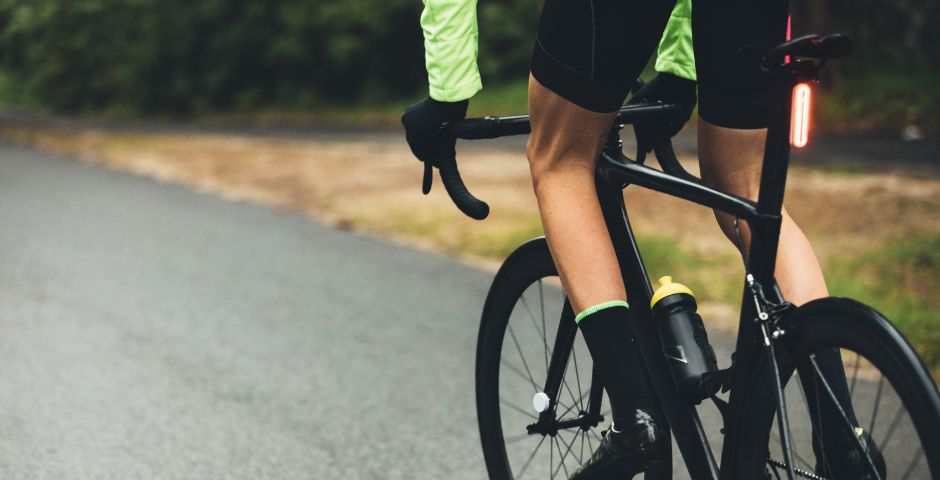
A relevant study to validate the importance of cycling posture and its impact on performance is “Aerodynamic Benefits by Optimizing Cycling Posture“, conducted by Alois Schaffarczyk, Silas Koehn, Luca Oggiano, and Kai Schaffarczyk in 2022 for the Mechanical Engineering Department, Kiel University of Applied Sciences, Germany.
This study investigated how different postures optimise aerodynamics and reduce aerodynamic drag, which is crucial in cycling. Small changes in posture were shown to result in significant time savings and performance improvements.
Incorrect saddle height
The saddle position has a significant impact on both rider comfort and efficiency. If it is too low, it increases pressure on the knees, causing pain and potentially long-term injury. On the other hand, a saddle that is too high causes excessive leg extension with each pedal stroke, leading to a loss of power and an increased risk of hip and back problems.
Adjusting the saddle height to allow for a slight bend in the knee at the lowest point of pedalling is crucial to maintaining proper biomechanics and maximising pedalling efficiency.
Inadequate handlebar reach
Handlebar reach adjustment is essential to ensure optimal posture and avoid strain on the rider’s body. Too long a reach forces the rider’s position forward, creating strain on the back, shoulders and neck, which in turn negatively affects the ability to control the bike and reduces pedalling efficiency. This type of posture leads to premature fatigue, reducing the ability to perform prolonged efforts and increasing the risk of long-term injury.
On the other hand, too short a reach causes a more upright position, which impacts aerodynamics and increases drag, making it more difficult to maintain high speeds. It also contributes to improper weight distribution on the bike, affecting handling and stability, especially on descents. Finding the right balance in handlebar reach is key to maximising both comfort and performance, ensuring that every ride is as efficient and enjoyable as possible.
Misalignment of pedals and shoes
Pedals and shoes have to be aligned. If not, the problem leads to inefficient biomechanics and increases the risk of injury. Incorrect alignment can cause additional stress on knees and ankles, affecting pedalling efficiency and causing pain. Correct fit is crucial to ensure natural leg movement, maximising pedalling power and minimising the risk of injury. This fit must be customised, taking into account the individual characteristics of each person.
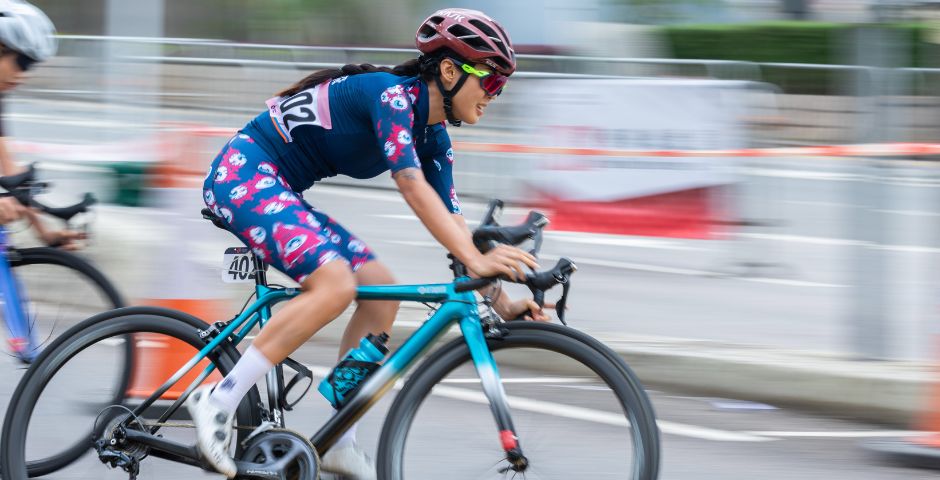
Incorrect back posture
Maintaining correct posture is essential to prevent pain and injury. An overly arched or too straight back causes strain on muscles and vertebrae, leading to fatigue and possible long-term problems. A neutral back position, with a slight natural curvature, allows for balanced weight distribution and improves comfort and pedalling efficiency. This balance is vital for enjoying long hours on the bike without compromising spinal health.
Do not adjust the bicycle to physical changes or different disciplines
Failure to modify the bicycle to physical changes or different disciplines is a mistake that can compromise both performance and comfort. As cyclists evolve physically or change their approach, vehicles must adjust to accommodate these changes. Ignoring these adjustments can result in an increased risk of injury, underlining the importance of reviewing and modifying bike settings regularly.
How can these errors be corrected?
To correct common errors in cycling position, it is essential to take a proactive and personalised approach. Starting with a detailed assessment of posture and current bike set-up reveals specific adjustment needs. This includes reviewing saddle height and position, handlebar clearance, and pedal and shoe alignment. It is advisable to make these adjustments gradually and test them in different riding conditions to identify which settings offer the greatest comfort and efficiency.
In addition, it is advisable to seek the guidance of a professional who specialises in cycling biomechanics for precise, customised adjustments. An expert can provide analysis and recommendations based on the rider’s individual characteristics, including body dimensions, level of flexibility, and specific goals.
Adapting the bike to physical changes or different disciplines should also be considered in this review, ensuring that the bike set-up evolves with the rider to optimise performance and prevent injury. One of the ways to achieve changes in cycling habits is to try it out on a cycling simulator.
BKOOL is the most complete cycling simulator on the market, try it FREE for 7 days!
 Go to BKOOL
Go to BKOOL
